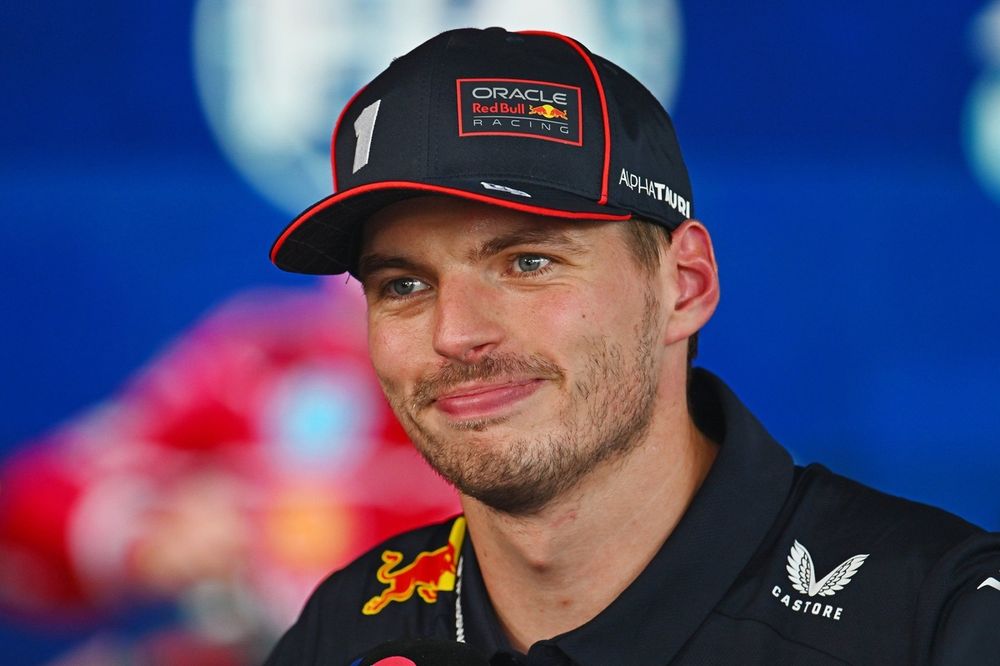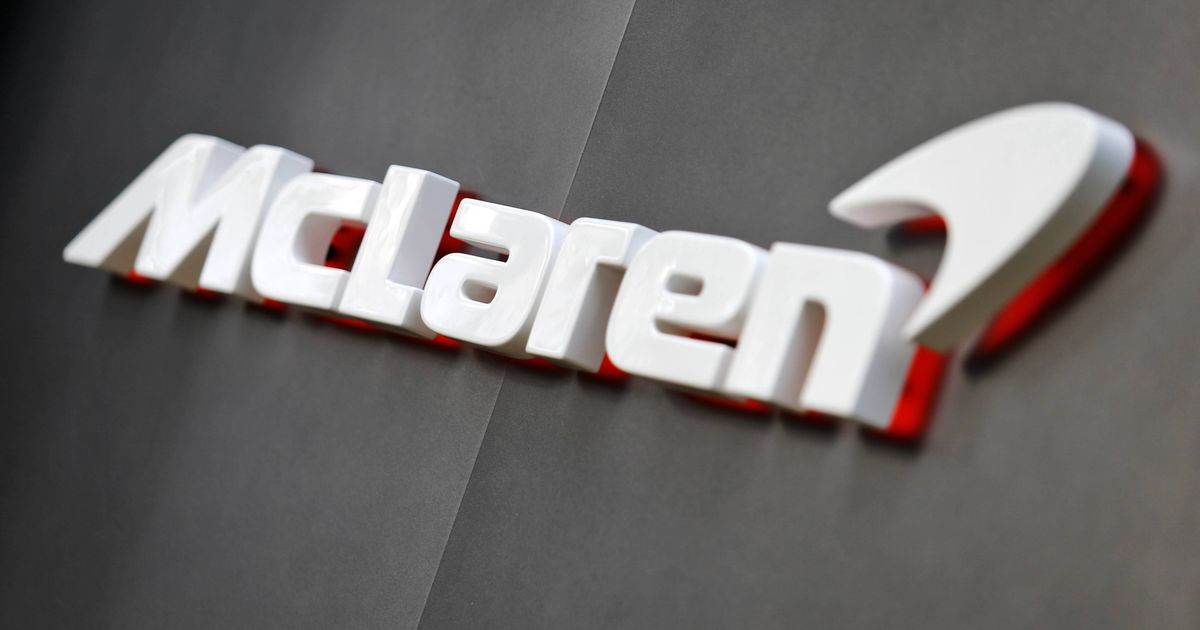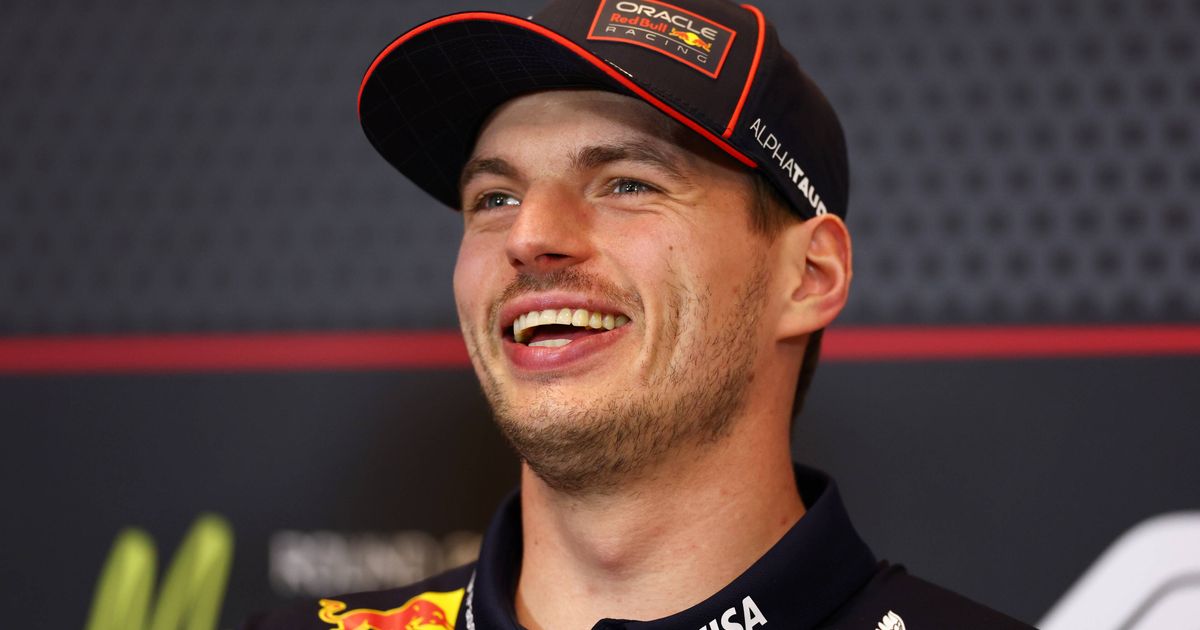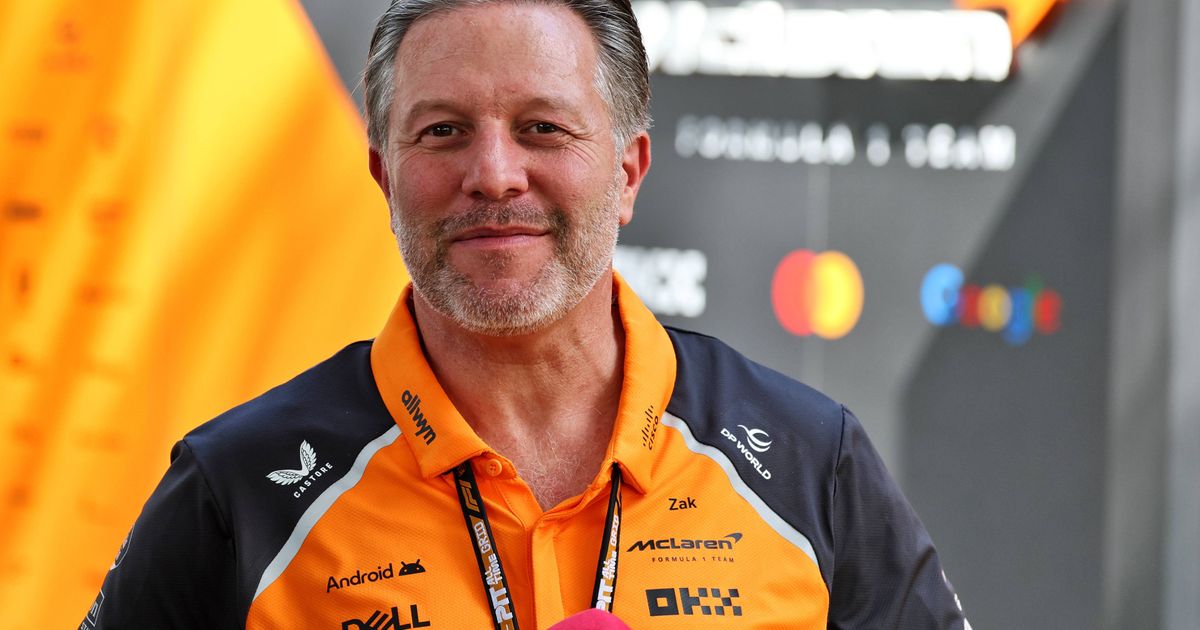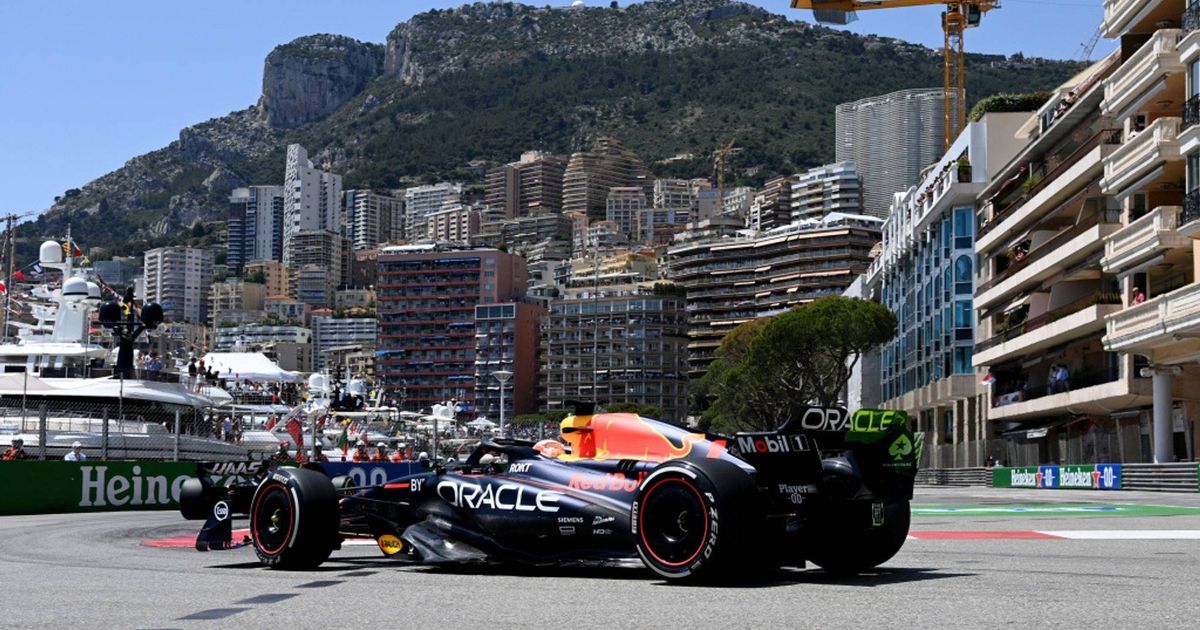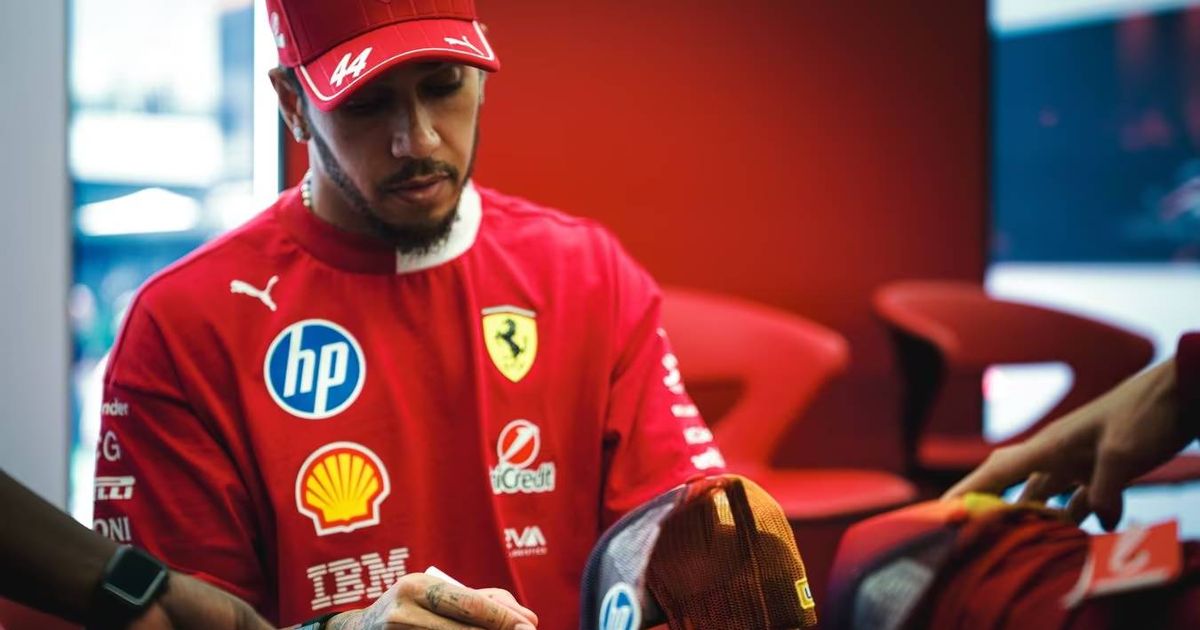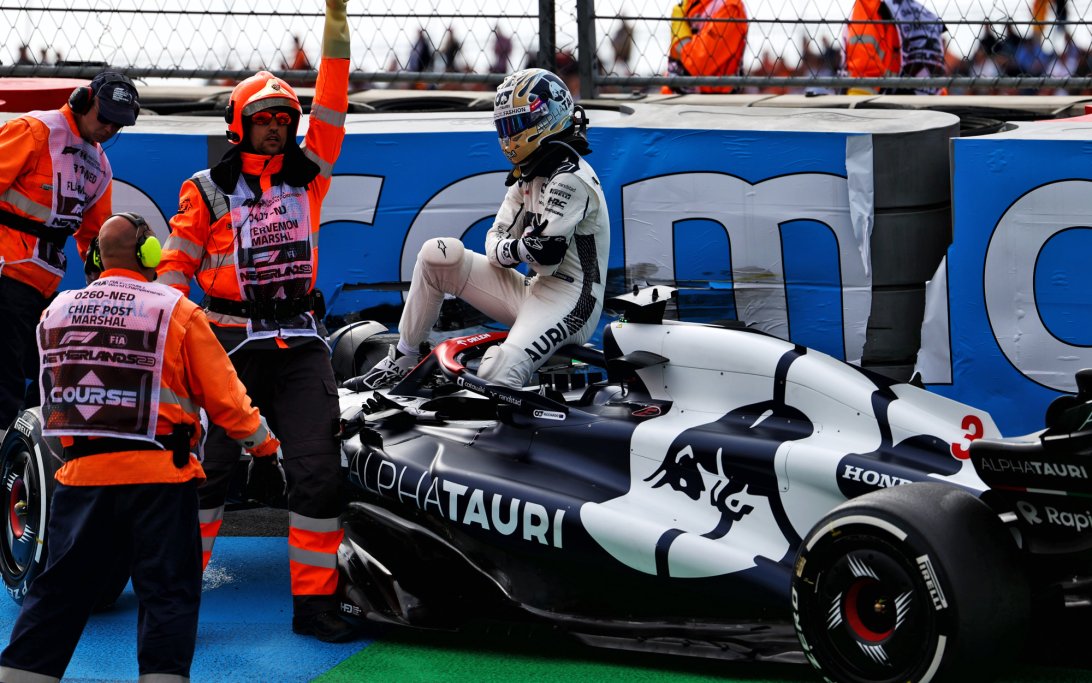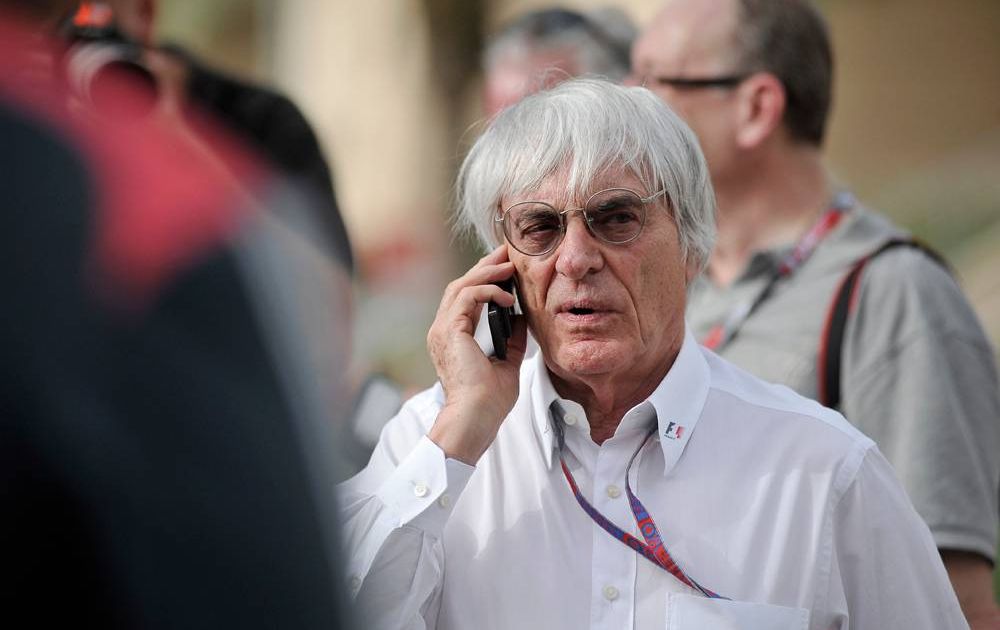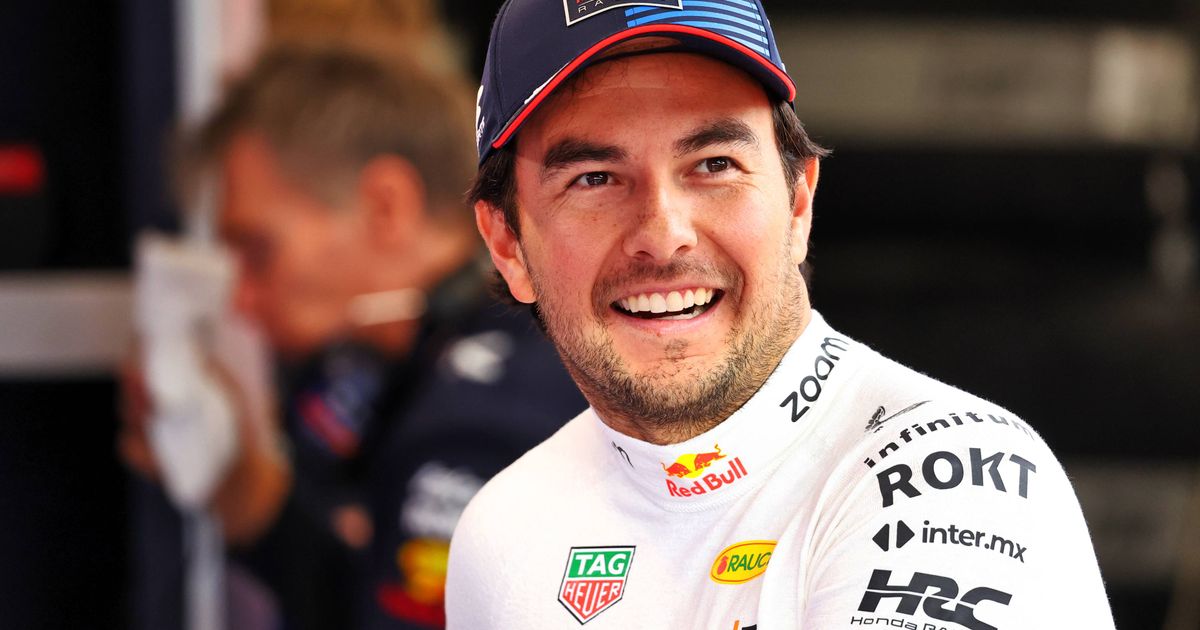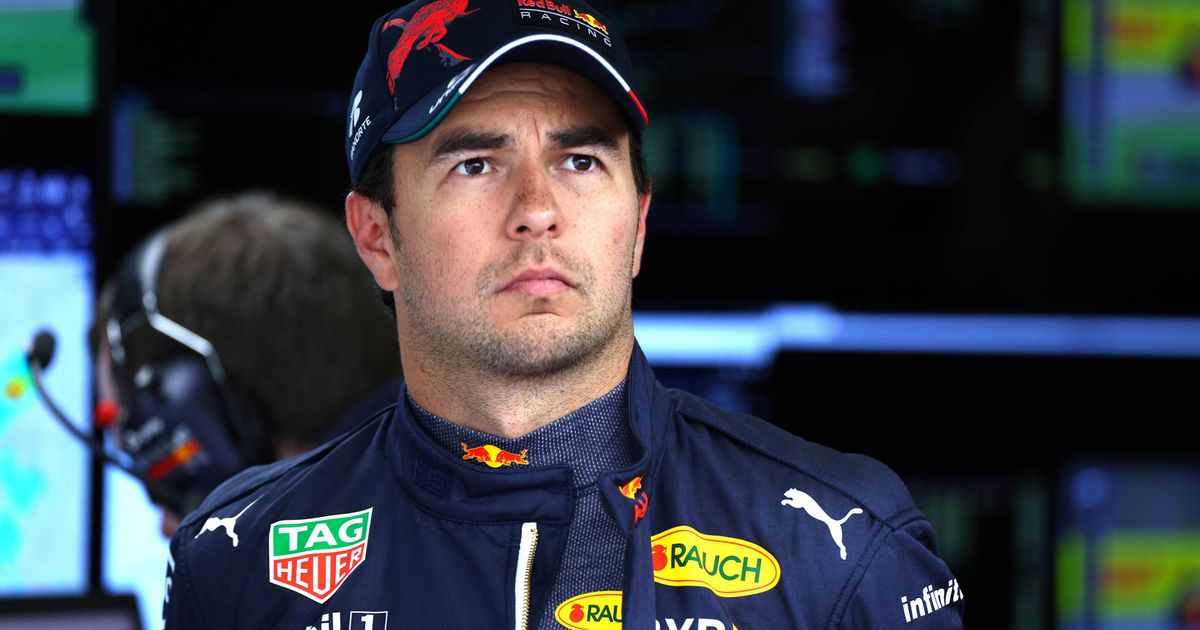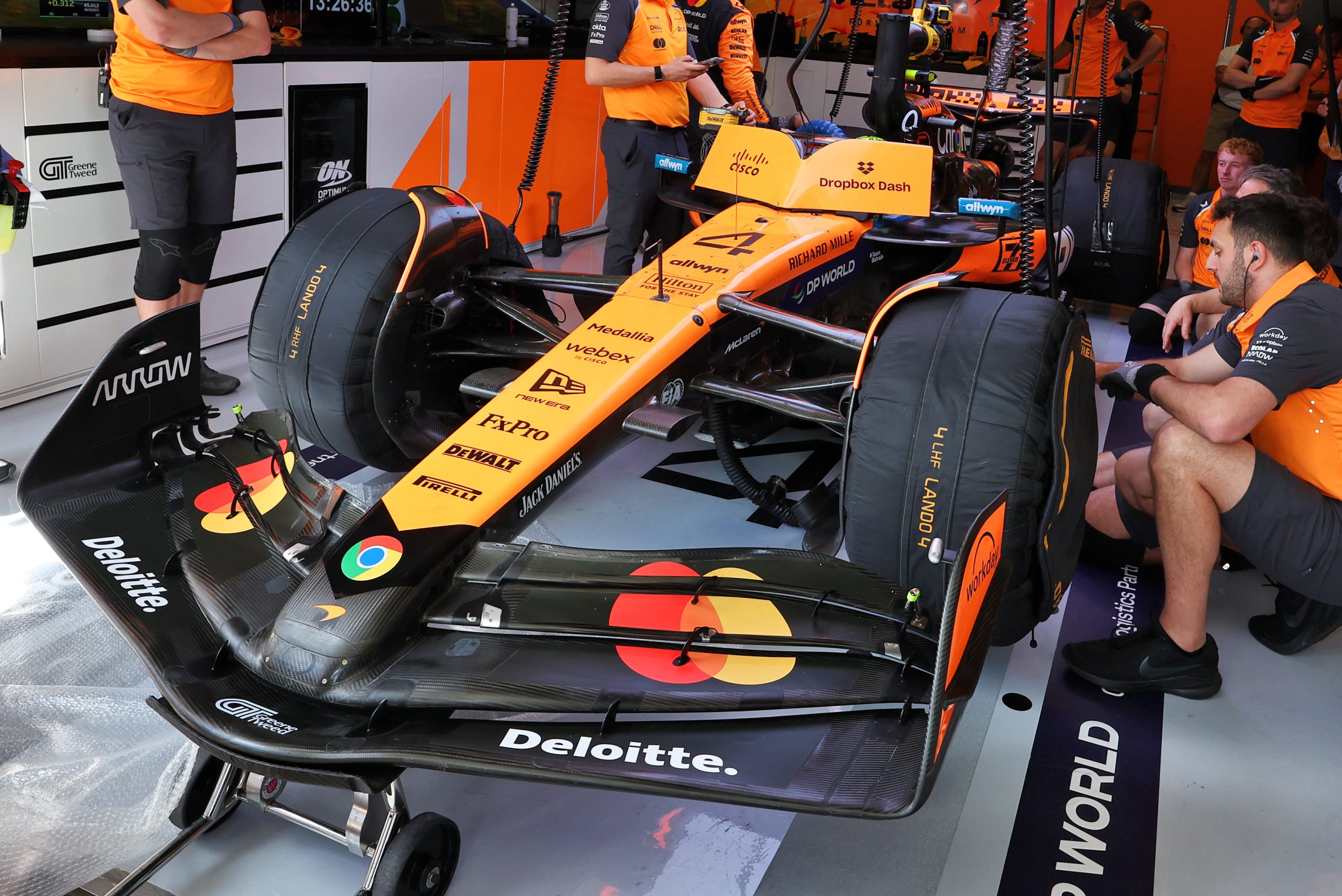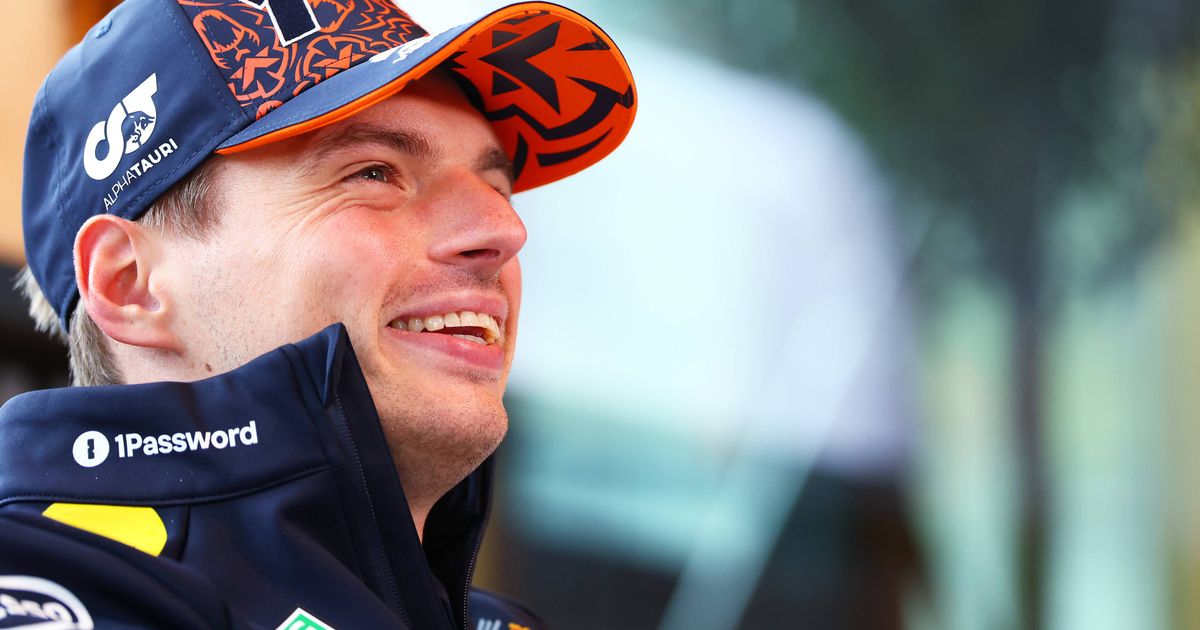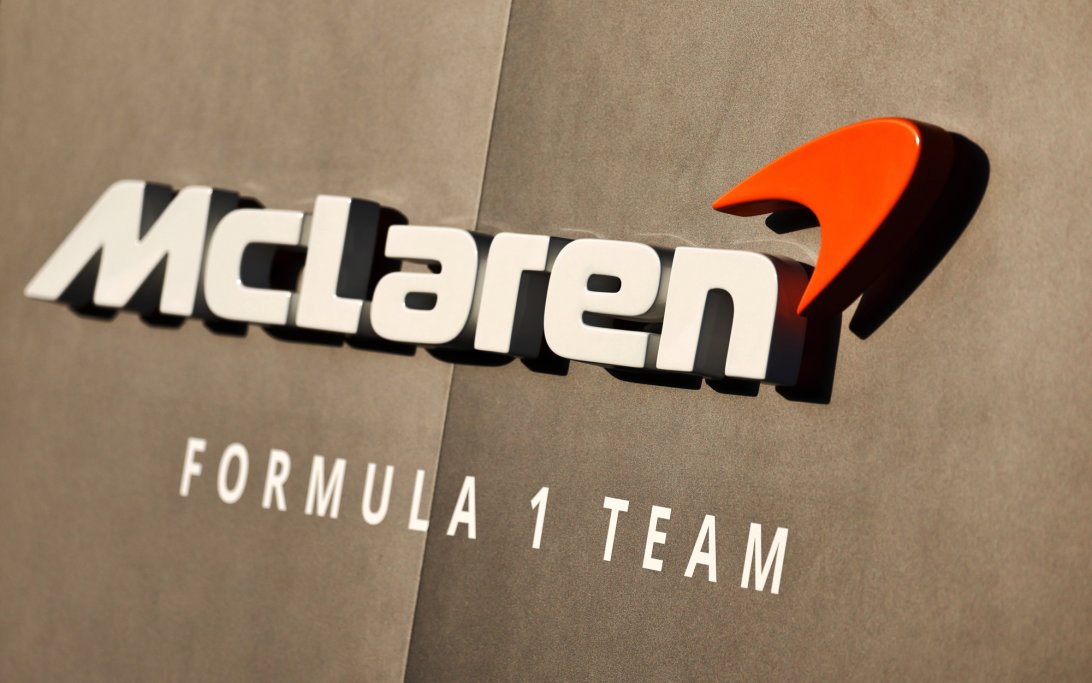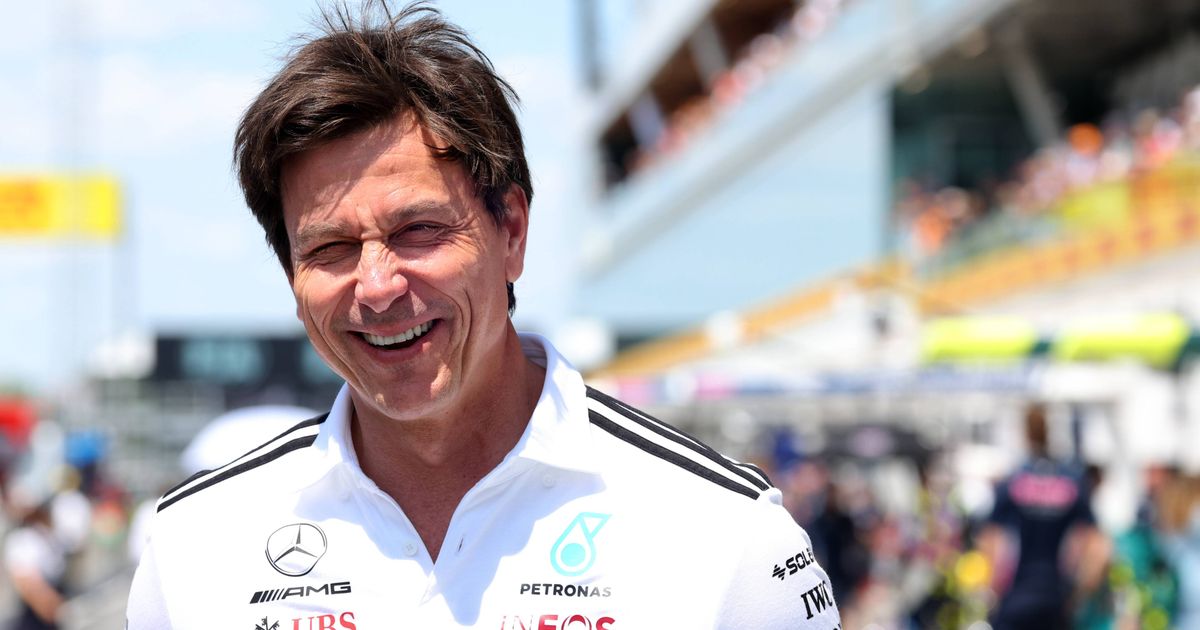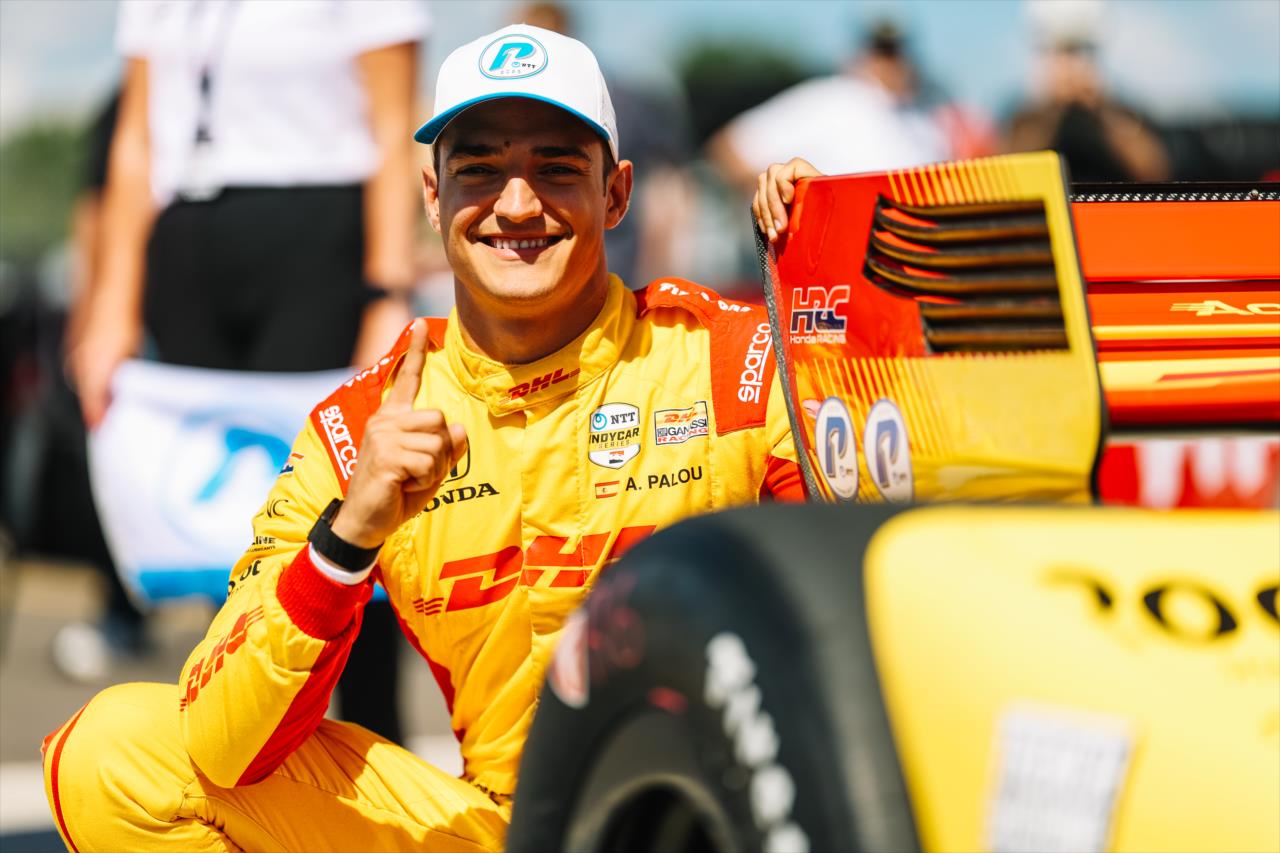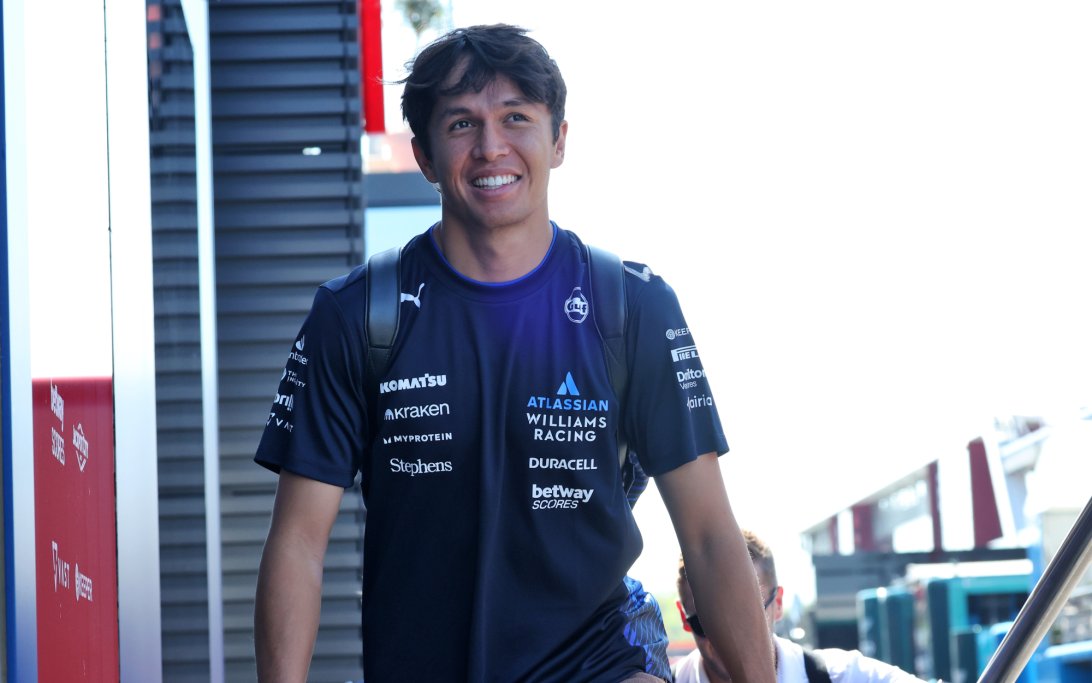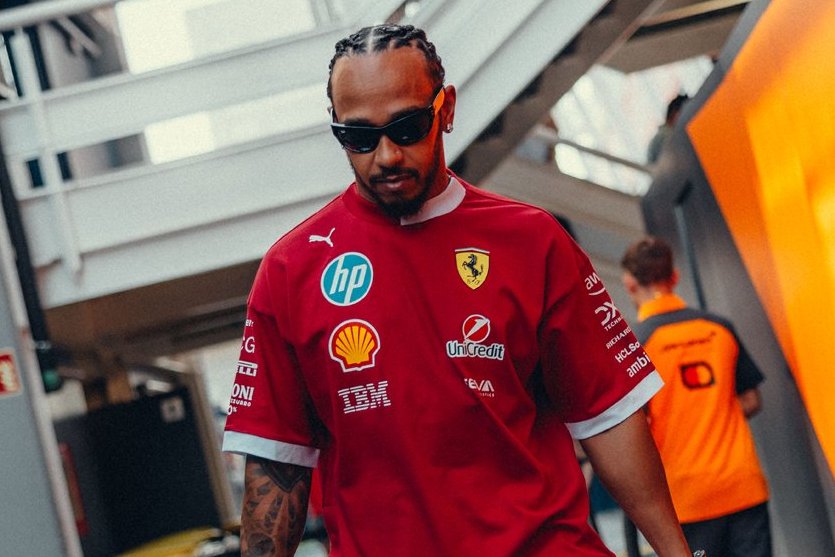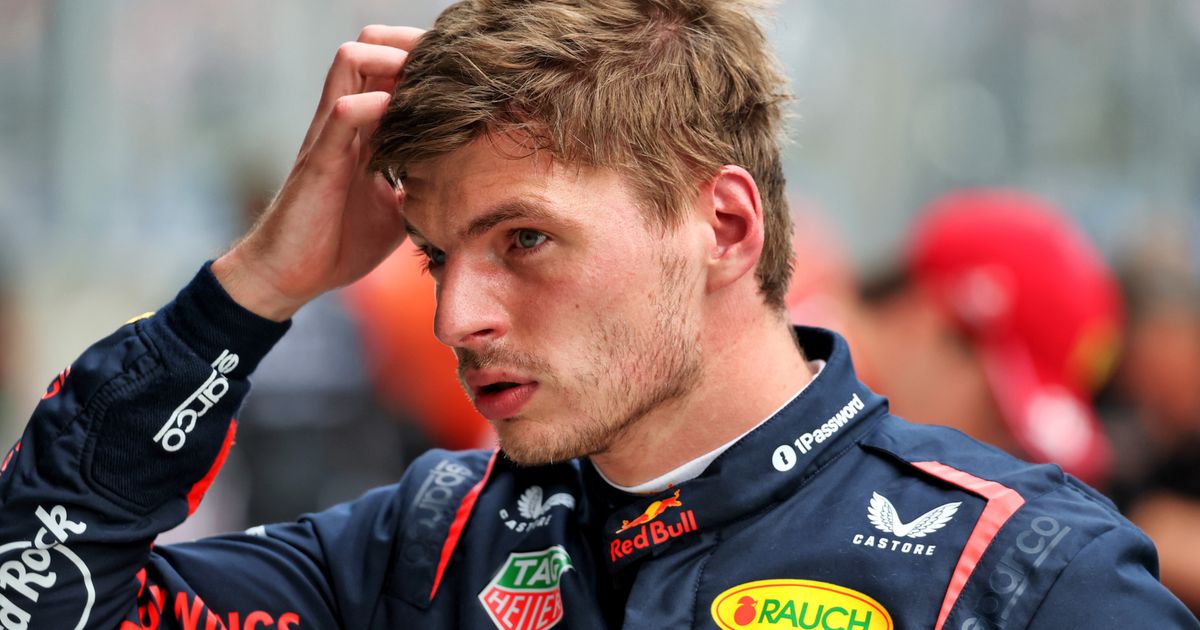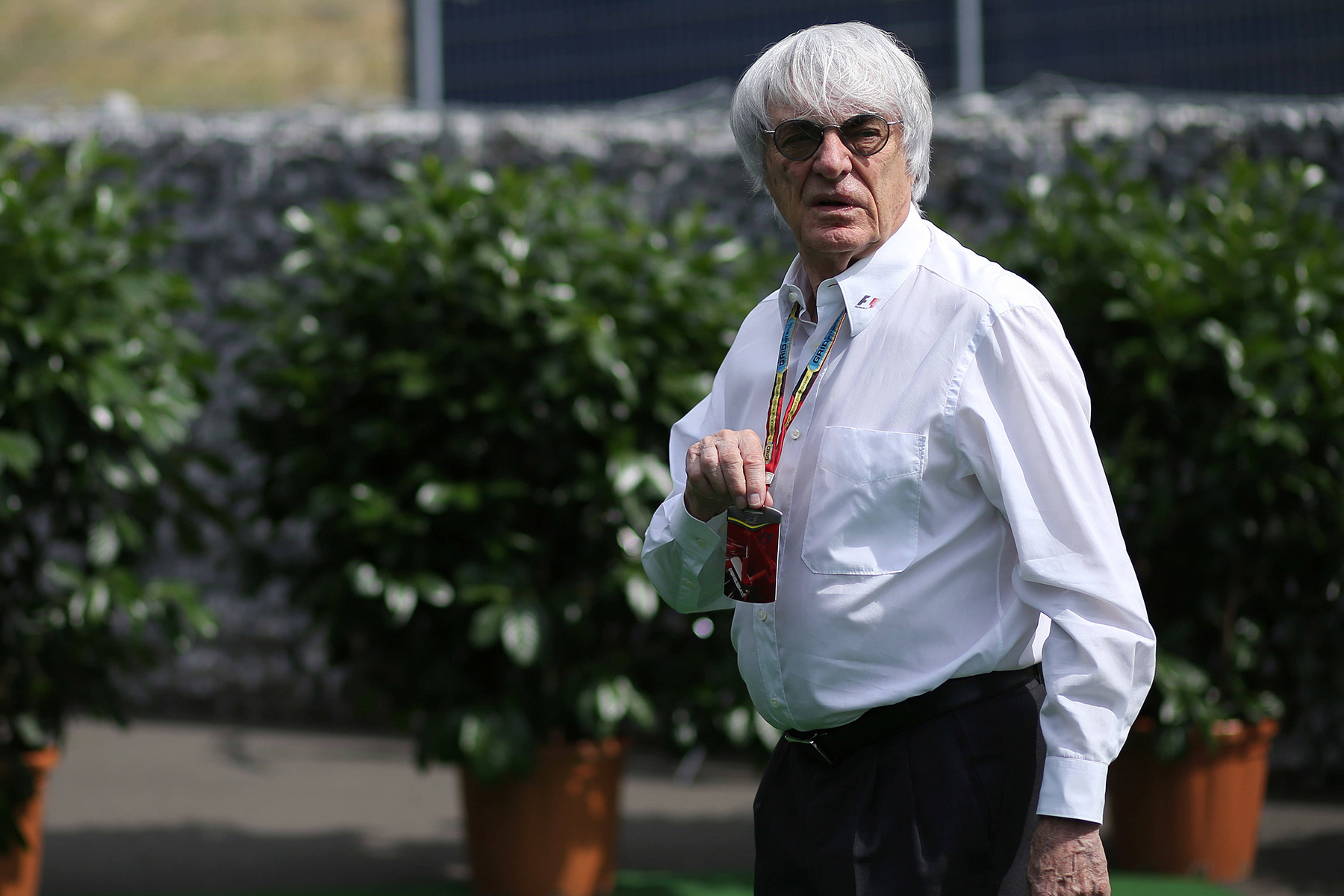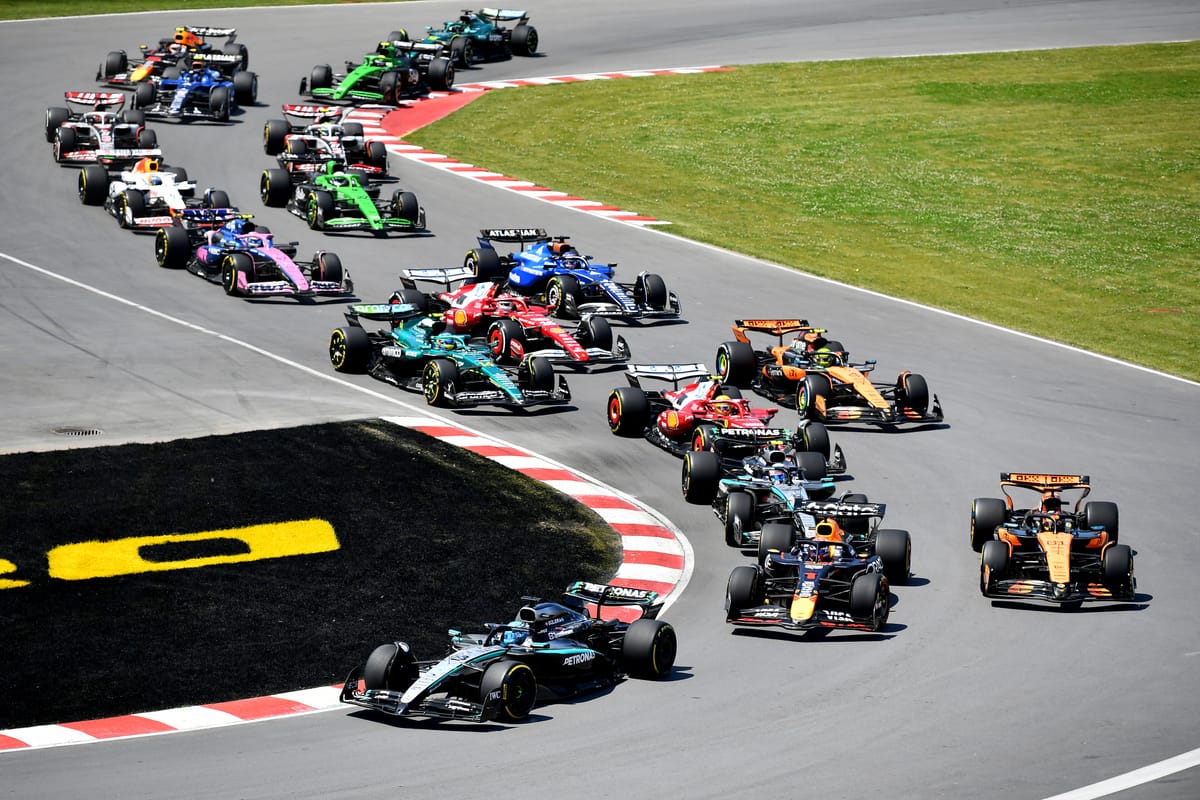Gary Anderson's mid-season F1 2025 performance ranking utilizes 'supertimes' to evaluate each car and driver's true potential across 12 events. This methodology, based on the fastest single lap from each weekend, offers a precise performance assessment, distinct from variable race pace.
Why it matters
This detailed analysis reveals which teams are truly maximizing their machinery and which drivers are performing at their peak, highlighting disparities between raw pace and championship standings. It also provides insight into future team trajectories, especially with the 2026 regulation changes approaching.
The Rankings
1st McLaren - 100.044%
- Team Performance: McLaren leads the constructors' championship, demonstrating consistent dominance across various conditions. Their MCL39 is versatile, excelling in qualifying, racing, and tyre management. Strategic and development responses have been top-tier.
- Driver Analysis: Oscar Piastri and Lando Norris are closely matched, contributing almost equally to the team's success. Their combined effort has rendered team orders unnecessary, with McLaren on track for both championships.
2nd Red Bull - 100.329%
- Team Performance: Despite being second in performance ranking, Red Bull sits fourth in constructors', indicative of a one-car team reliant on Max Verstappen. The car's driver-unfriendliness is a major hurdle.
- Driver Analysis: Verstappen is exceptional, but even he struggles with the car's balance issues. Liam Lawson and Yuki Tsunoda have not performed at the required level, highlighting the car's difficulty and the need for a more accessible design.
3rd Mercedes - 100.475%
- Team Performance: Mercedes mirrors its performance ranking in the constructors' standings. However, their results are inconsistent, struggling with development direction and specific track conditions (heat, abrasive surfaces, long corners).
- Driver Analysis: George Russell has been the primary points scorer. Kimi Antonelli shows speed but needs to reduce mistakes and gain experience in the second half of the season.
4th Ferrari - 100.561%
- Team Performance: Ferrari's fourth-place pace ranking contrasted with their second-place constructors' standing highlights their race-day consistency and Red Bull/Mercedes' struggles. Development steps, like a modified rear suspension, are anticipated to improve car feel.
- Driver Analysis: The Charles Leclerc and Lewis Hamilton pairing, while expensive, hasn't consistently delivered. Leclerc is strong in qualifying but struggles to maintain rhythm in races, while Hamilton's performance has been erratic since joining Ferrari.
5th Williams - 101.026%
- Team Performance: Williams is the best of the 'second group' but has faced recent performance and reliability issues. The car struggles on certain circuits, underscoring the need for versatility. They are in a crucial building phase, with 2026 a key target.
- Driver Analysis: Alex Albon and Carlos Sainz are competent drivers, capable of delivering results if provided with better machinery.
6th Racing Bulls - 101.076%
- Team Performance: Racing Bulls offers a consistent, driver-friendly car despite lacking peak downforce. Their aerodynamic philosophy differs from Red Bull, making it easier for drivers to extract performance.
- Driver Analysis: Isack Hadjar has been an outstanding rookie, demonstrating strong confidence. Liam Lawson's season has been difficult, needing more consistent performances to secure his seat. Alan Permane's leadership is crucial.
7th Alpine - 101.255%
- Team Performance: Alpine's instability and poor car performance (despite misleading Bahrain testing) have plagued their season. The car lacks grip and struggles with bumps.
- Driver Analysis: Pierre Gasly has occasionally performed well, but the team's one-car dependency and frequent, ill-advised driver changes (Jack Doohan for Franco Colapinto) have hindered their constructors' standing.
8th Aston Martin - 101.287%
- Team Performance: Aston Martin aligns its constructor position with its performance rating, indicating they are maximizing their current machinery but at high cost. Adrian Newey's arrival and recent effective upgrades signal improved understanding and future potential.
- Driver Analysis: Fernando Alonso and Lance Stroll show similar performance, though Alonso still impresses. 2026, with a new car, gearbox, and Honda PU, will be a true test for the team and potentially Alonso's last year.
9th Haas - 101.550%
- Team Performance: Haas extracts maximum performance from its car, addressing early porpoising issues effectively. Despite a small team size and widespread operations, they show good car understanding, even with gut-feel development.
- Driver Analysis: Ollie Bearman is fast but prone to mistakes. Esteban Ocon is experienced but needs to avoid 'red mist' moments to secure consistent points for the team.
10th Sauber - 101.721%
- Team Performance: Sauber has shown progress, especially with recent upgrades improving downforce and consistency. Nico Hulkenberg's Silverstone podium significantly boosted their constructors' standing, though it was circumstantial.
- Driver Analysis: Hulkenberg is ideal to lead the team into the Audi era. Gabriel Bortoleto shows speed but lacks luck. The focus remains on consistent Q3 appearances for future success.
What's next
The battle below McLaren promises an exciting remainder of the season. With 2026 regulations approaching, teams will optimize current packages while some might cease 2025 development, focusing entirely on the significant rule changes. The current field's competitiveness, with a 2.411% spread from front to back, will be reset with the new regulations.


